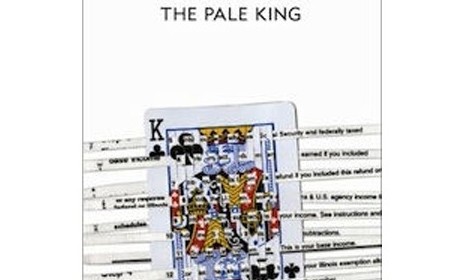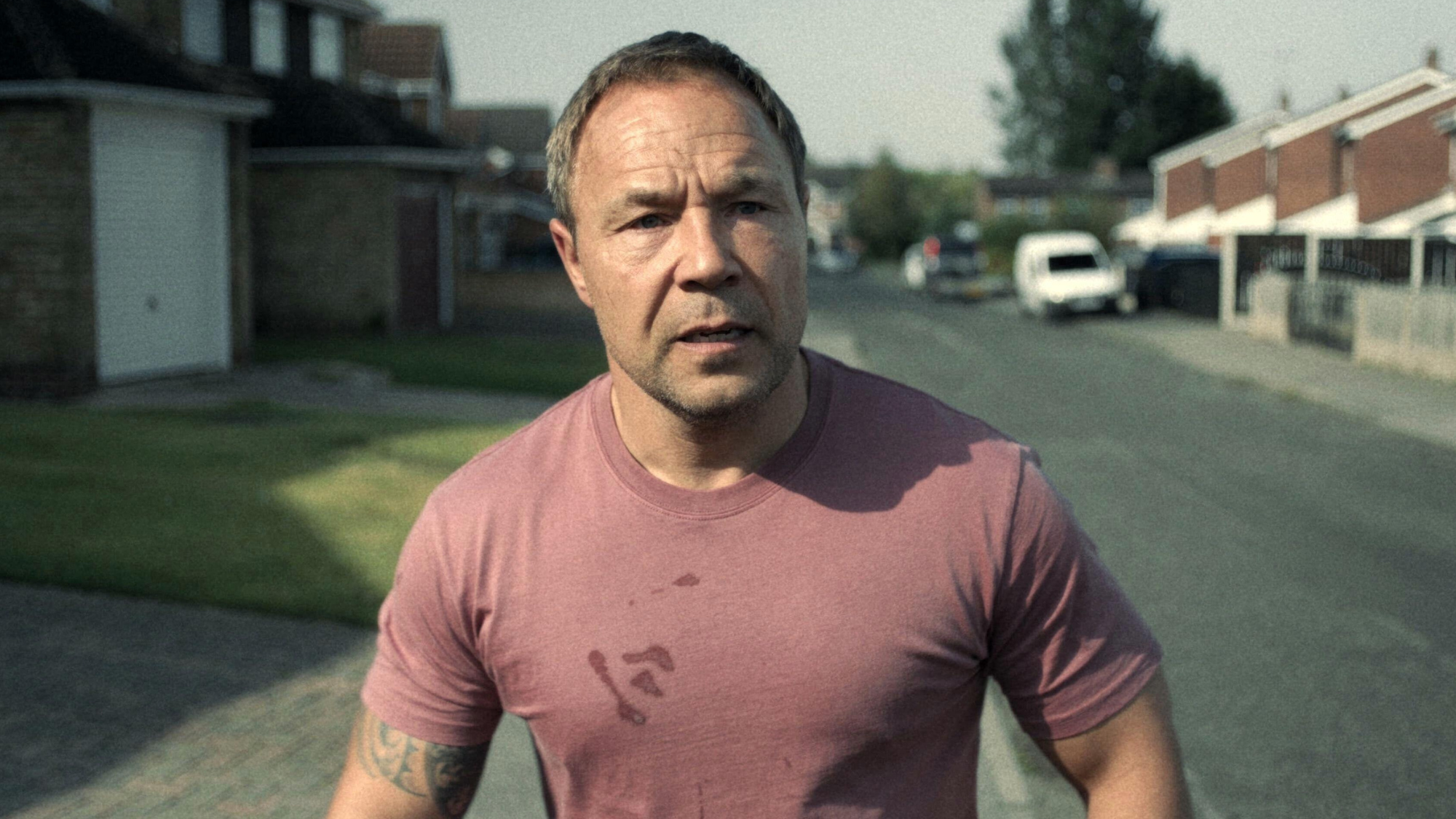Is 'The Pale King' David Foster Wallace's 'finest work'?
The late great author's final, unfinished book has some critics raving... and others ranting that it shouldn't have been published

The Pale King, the greatly anticipated posthumous novel from David Foster Wallace, comes out next week, and the reviews are coming in. Some critics are hailing the book as the late writer's best work — even better than his last novel, Infinite Jest, which was likened to Ulysses and Naked Lunch. Others are questioning whether the unfinished book — the critically acclaimed writer committed suicide in 2008 after a lifelong battle with depression — should have been published at all. All are using the occasion to reflect on DFW's life and legacy. Here, a critical sampling:
It is one of his finest works: "Despite its shattered state and its unpromising subject matter, or possibly because of them, The Pale King represents Wallace's finest work as a novelist," says Lev Grossman in TIME. While much praise was heaped on Infinite Jest, that novel was at once "great" and "borderline unreadable." With The Pale King, Wallace "achieves power levels... never reached in his first two novels." It's not perfect, given its tragic, unfinished circumstances, but it has "an emotionally raw quality" that's missing in his other work.
The Week
Escape your echo chamber. Get the facts behind the news, plus analysis from multiple perspectives.

Sign up for The Week's Free Newsletters
From our morning news briefing to a weekly Good News Newsletter, get the best of The Week delivered directly to your inbox.
From our morning news briefing to a weekly Good News Newsletter, get the best of The Week delivered directly to your inbox.
The Pale King is one of the year's best: "Even in its broken state, The Pale King contains what's sure to be some of the finest fiction of the year," says John Jeremiah Sullivan at GQ. We get a glimpse of what David Foster Wallace "wanted it to be — a vast model of something bland and crushing, inside of which a constellation of individual souls would shine in their luminosity, and the connections holding all of us together in this world would light up, too, like filaments." It's a hugely daring and ambitious work-in-progress that "was to be a novel on the highest order of accomplishment."
No, it is a mixed bag: The Pale King is a "lumpy but often stirring... bookend to Infinite Jest," says Michiko Kakutani in The New York Times. "By turns breathtakingly brilliant and stupefying dull," it's "less inventive and exuberantly imagined than Wallace's previous novels: no herds of feral hamsters roaming the land, no artificially created deserts in Ohio, no ad-bearing Statue of Liberty." But, there are also "chilling" and "wonderfully evocative scenes." They remind us "what a remarkable observer Wallace was," and how he used words to "lasso and somehow subdue the staggering, multifarious, cacophonous predicament that is modern American life."
"Maximized revenue, minimized existence"
A free daily email with the biggest news stories of the day – and the best features from TheWeek.com
We should not even be having this discussion: Critics shouldn't be evaluating The Pale King as if it were a completed novel, says Tom Scocca at Slate. If Wallace had thought it was fit for publication, he would have sent it to be published. Clearly, it was not ready. "Reviewing it as a novel is like eating whatever was in a dead person's fridge and calling it a dinner party and comparing it to the dinner parties the deceased gave in the past."
"David Foster Wallace wrote two novels, and The Pale King is not one of them"
-
 7 bars with comforting cocktails and great hospitality
7 bars with comforting cocktails and great hospitalitythe week recommends Winter is a fine time for going out and drinking up
-
 7 recipes that meet you wherever you are during winter
7 recipes that meet you wherever you are during winterthe week recommends Low-key January and decadent holiday eating are all accounted for
-
 Nine best TV shows of the year
Nine best TV shows of the yearThe Week Recommends From Adolescence to Amandaland